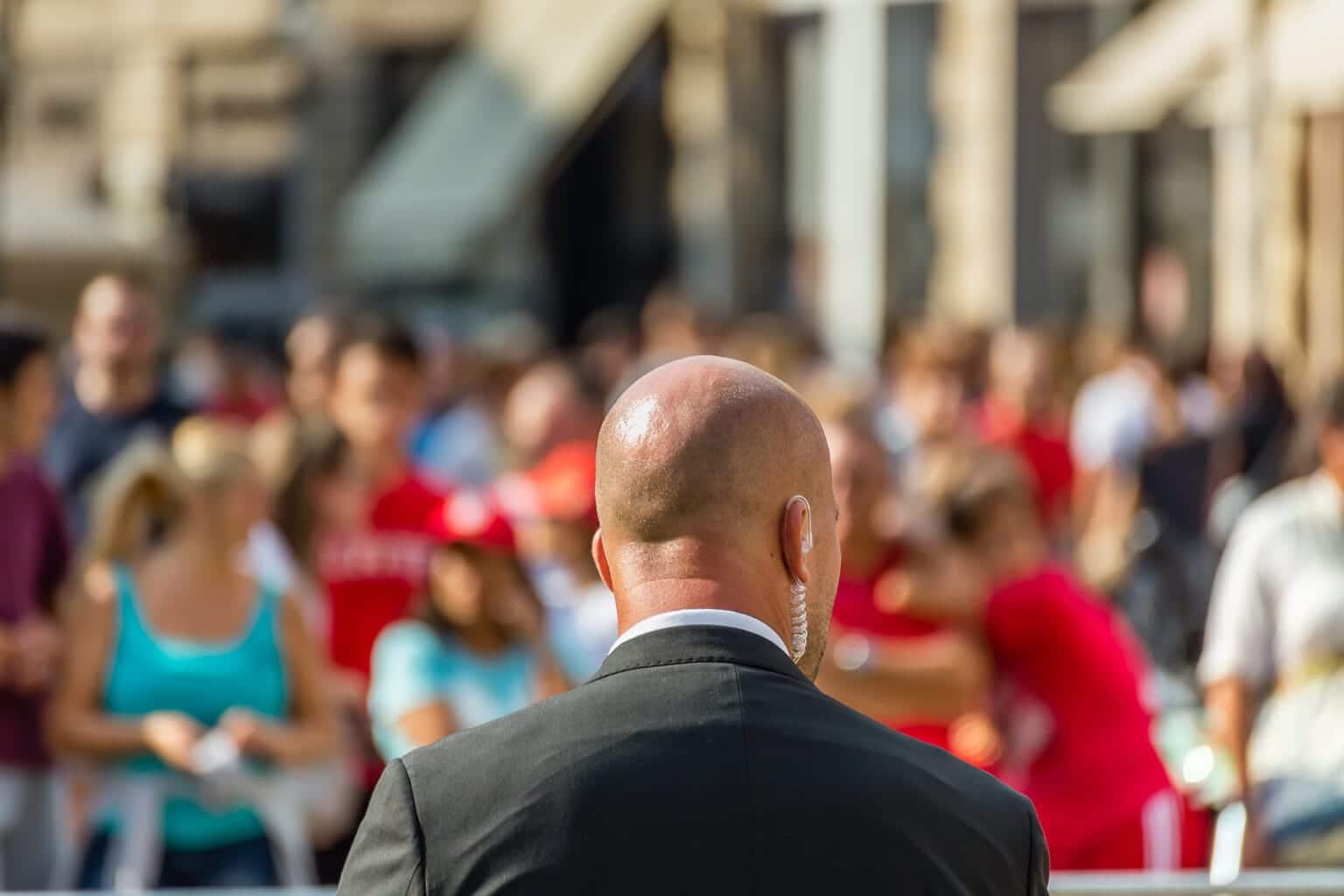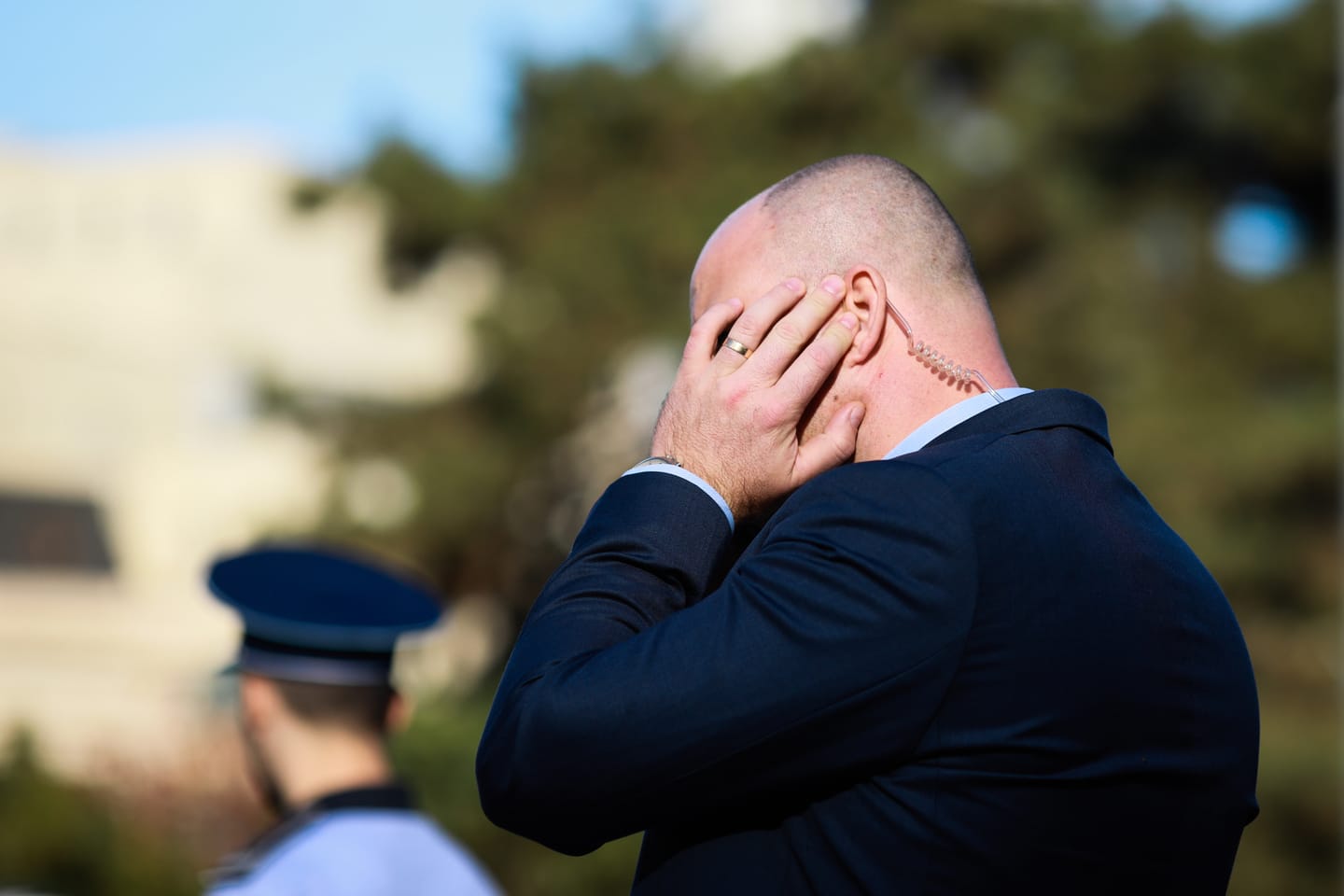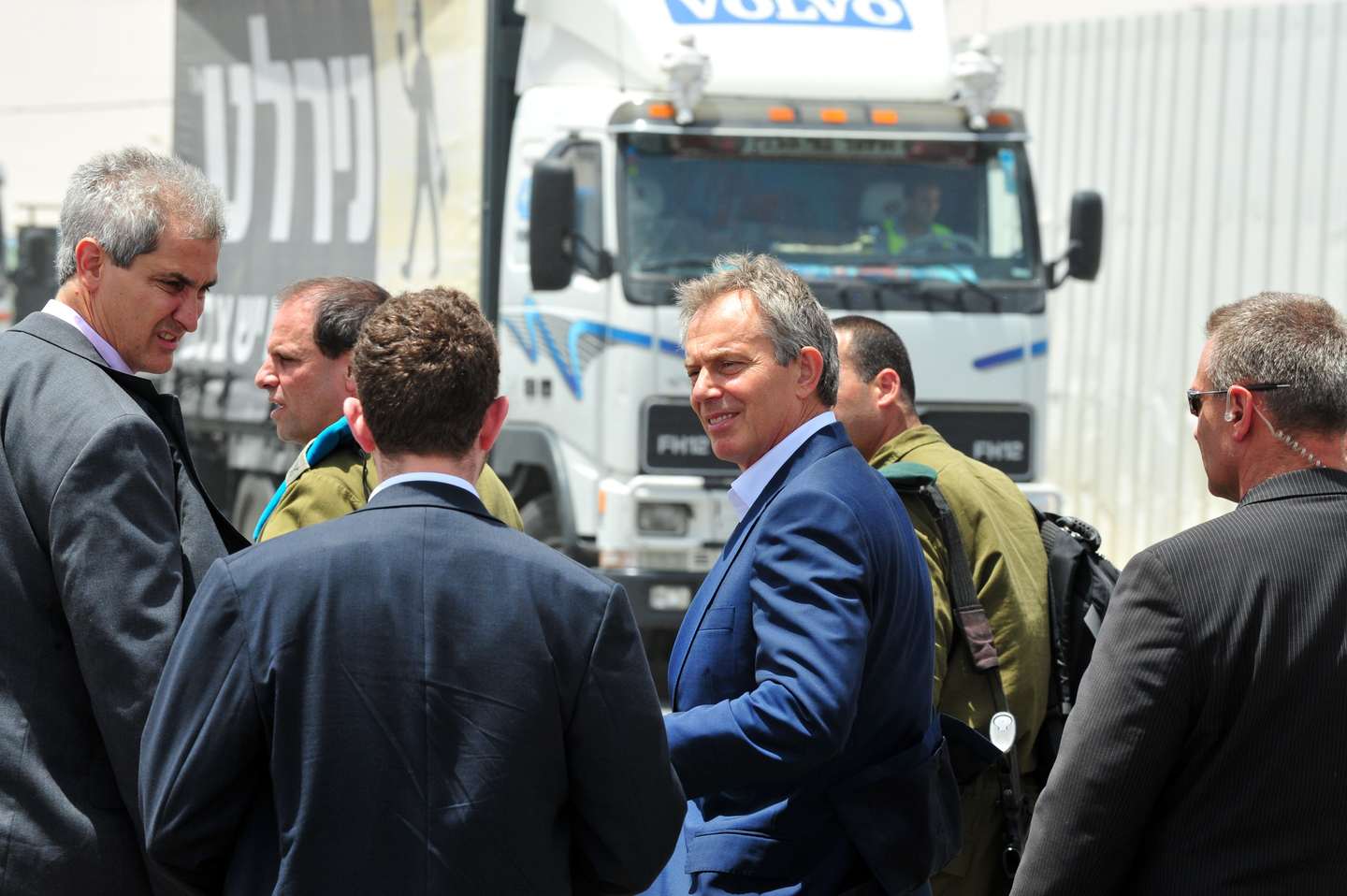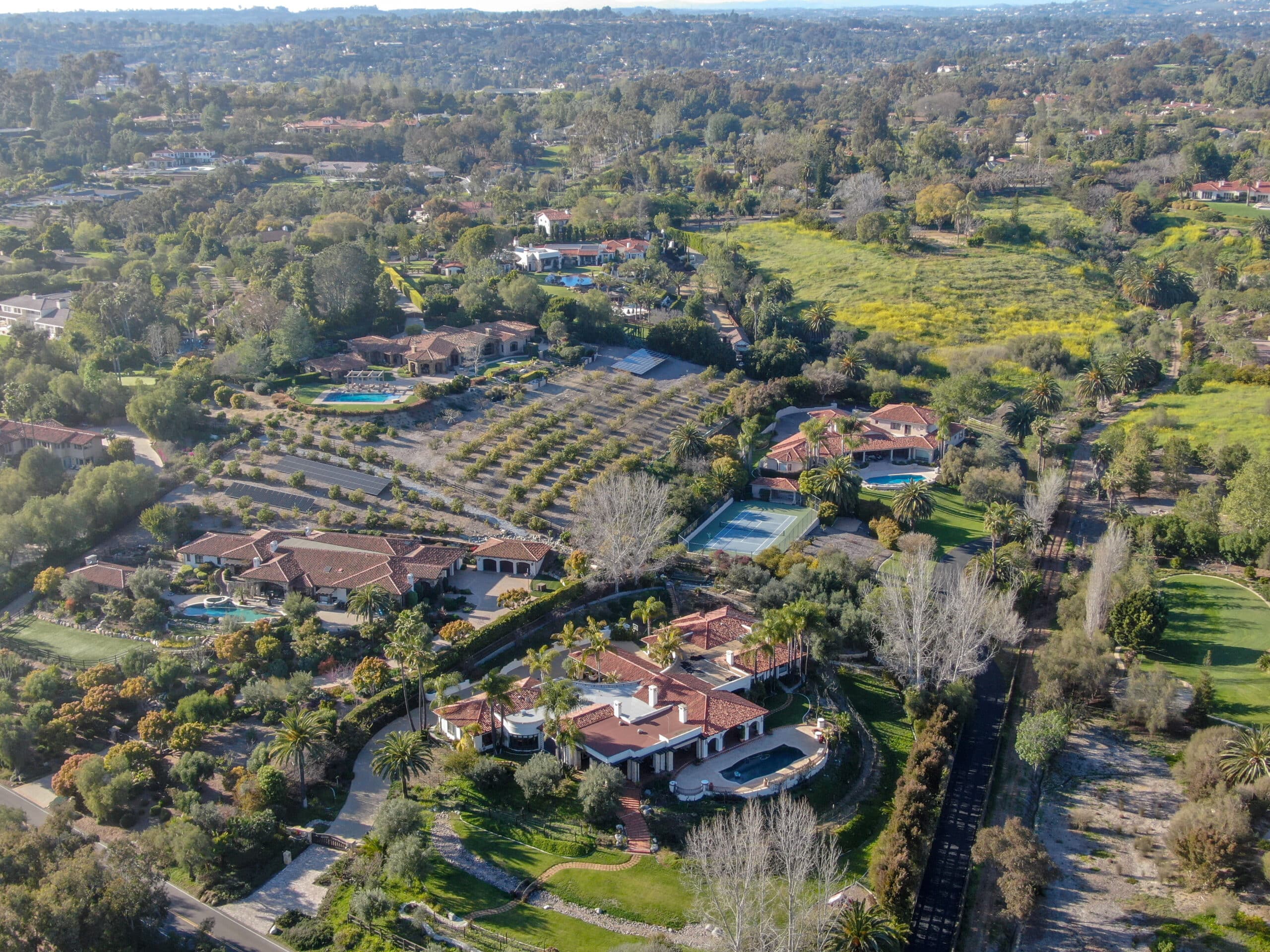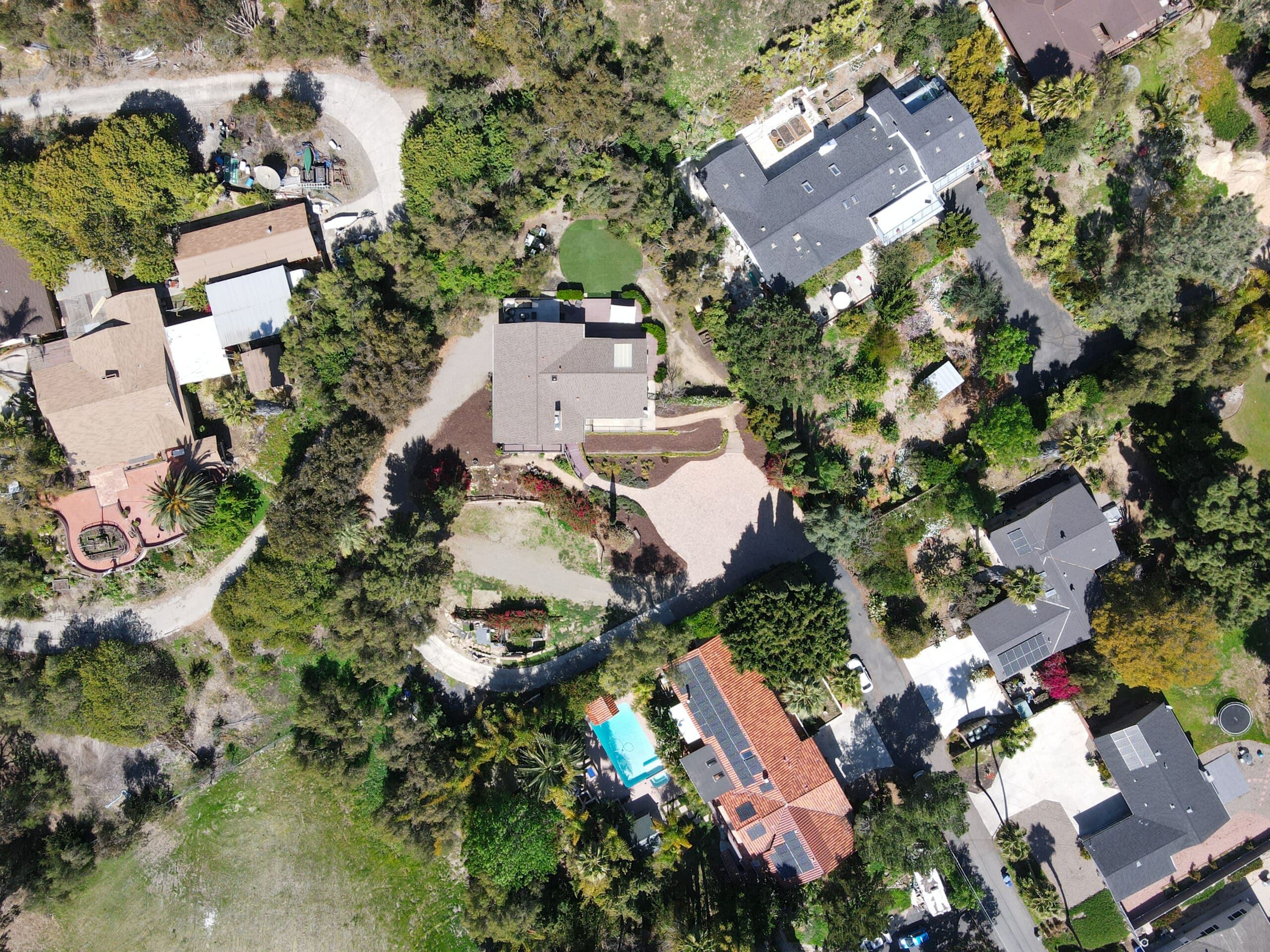Estimated reading time: 8 minutes
In today’s fast-paced and increasingly complex world, securing corporate events in urban environments like San Francisco has become more crucial and challenging than ever. With its unique landscape, dense population, and vibrant tech scene, San Francisco presents distinct security considerations that require a sophisticated and multi-faceted approach. This article delves into the best practices for ensuring the safety and security of corporate events in this dynamic city. From understanding the particular challenges posed by San Francisco’s urban environment to leveraging advanced surveillance and monitoring techniques, we explore comprehensive strategies for creating a secure event experience. Access control, emergency response planning, cybersecurity measures, and collaboration with local law enforcement are critical components of a robust security plan. We can navigate these challenges effectively by integrating cutting-edge technology with trained personnel and community resources. Whether managing high-traffic areas, securing sensitive data, or preparing for emergencies, this article provides invaluable insights and practical guidelines for safeguarding corporate events in the heart of San Francisco.
Table of contents
- Understanding the Unique Security Challenges in San Francisco
- Advanced Surveillance and Monitoring Techniques
- Access Control and Perimeter Security
- Emergency Response and Evacuation Planning
- Cybersecurity Measures for Corporate Events
- Coordination with Law Enforcement and Emergency Services
- Crowd Management Strategies
- Training and Preparedness of Security Personnel
- Integrating Technological and Human Intelligence
Understanding the Unique Security Challenges in San Francisco
Urban Environment and High Traffic Considerations
San Francisco’s urban landscape presents unique security challenges for corporate events. A dense population and heavy traffic can complicate evacuation plans and emergency response. Corporate security teams must work closely with local authorities to understand traffic patterns and pedestrian flow. This coordination is crucial for developing effective crowd-control strategies and ensuring quick access to emergency services. Additionally, the proximity of events to public spaces requires heightened vigilance against unauthorized access and potential disruptions from non-attendees.
Leveraging Local Resources and Intelligence
Effective security planning for corporate events in San Francisco hinges on leveraging local resources and intelligence. Collaborating with local law enforcement and private security firms offers insights into recent threats or incidents in the area. This local knowledge is invaluable for risk assessment and implementing preventative measures. Establishing relationships with community leaders and businesses can also provide additional eyes and ears on the ground, enhancing overall security awareness during the event.
Advanced Surveillance and Monitoring Techniques
Implementing Cutting-Edge Surveillance Technologies
In the context of corporate events, employing advanced surveillance technologies is critical. High-definition cameras, facial recognition software, and AI-driven anomaly detection systems should be strategically deployed. These technologies enable real-time monitoring of large crowds and quick identification of potential threats. Integrating these systems with emergency response protocols ensures swift action can be taken in case of any security breach.
Coordinating Surveillance with Physical Security Personnel
Integrating surveillance technology with physical security personnel forms the backbone of a robust security strategy. Trained security professionals should monitor surveillance feeds and be ready to respond to irregularities. Regular briefings and updates between surveillance operators and on-ground security teams are essential for maintaining situational awareness and ensuring a coordinated response to any incident.
Access Control and Perimeter Security
Establishing Secure Perimeters
Creating secure perimeters around corporate event venues is fundamental. Utilizing barriers, fencing, and controlled entry points helps prevent unauthorized access. Security personnel should be stationed at all entry points for identity verification and bag checks. Electronic access control systems, including RFID badges or biometric scanners, can provide an additional layer of security, ensuring only authorized individuals gain entry.
Managing Visitor and Vendor Access
Managing access to visitors and vendors is critical to securing corporate events. Detailed pre-screening of attendees and background checks for vendors are advisable. A clear protocol for visitor access, including escort policies for unbadged individuals, is essential. Vendor access should be restricted to specific times and monitored closely to avoid potential security breaches through supply chains.
Emergency Response and Evacuation Planning
Developing Comprehensive Emergency Protocols
Developing comprehensive emergency response protocols is crucial. These should include procedures for various scenarios, such as natural disasters, terror threats, or medical emergencies. Regular training sessions for security personnel in handling these situations are essential. Clear communication channels must be established with local emergency services to ensure a coordinated response.
Evacuation Strategies for High-Rise Venues
Specific strategies are required for evacuation in high-rise venues, which are common in downtown San Francisco. These include designated escape routes, emergency stairwell access, and evacuation lifts. Regular drills should be conducted to familiarize attendees with evacuation procedures. Additionally, special attention must be paid to individuals with disabilities, ensuring they have adequate support during an evacuation.
Cybersecurity Measures for Corporate Events

Protecting Sensitive Data and Communications
Protecting sensitive data and communications during corporate events is paramount in the digital age. Implementing strong encryption for wireless networks and ensuring secure connections for event-related communications are necessary. Teams should monitor for any unusual network activity indicating a cyber threat. Confidentiality agreements with vendors and staff can further safeguard sensitive information.
Addressing the Threat of Digital Espionage
Digital espionage poses a significant threat to corporate events, especially those involving sensitive product launches or discussions. Security teams should employ counter-surveillance measures like bug sweeps and network security assessments. Educating attendees about the risks of unsecured Wi-Fi networks and the importance of using VPNs can mitigate the risk of data breaches.
Coordination with Law Enforcement and Emergency Services
Establishing Partnerships with Local Authorities
Forging strong partnerships with local law enforcement and emergency services is essential for securing corporate events in San Francisco. Such collaborations ensure that security plans are aligned with local laws and regulations. They also facilitate quick response and support in case of major incidents. Regular meetings and information sharing between corporate security teams and local authorities can significantly enhance overall security.
Joint Training Exercises and Simulation Drills
Conducting joint training exercises and simulation drills with local law enforcement and emergency services is highly beneficial. These drills should simulate a range of threats and emergencies to prepare all parties for real-world scenarios. They provide an opportunity to test communication systems, coordination efforts, and response protocol effectiveness, thereby identifying improvement areas.
Crowd Management Strategies
Techniques for Effective Crowd Control
Effective crowd management is crucial, especially for large-scale corporate events. Segmented crowd zones, clear signage, and controlled flow paths help manage attendee movement and prevent overcrowding. Trained crowd control personnel should be deployed to monitor crowd behavior and respond to potential disturbances or emergencies.
Handling Protests and External Threats
Corporate events, particularly those with high public interest, may attract protests or external threats. Security teams must be prepared to manage these situations without escalating tensions. This involves designated areas for peaceful demonstrations, maintaining open communication channels with protest leaders, and having contingency plans for any disruptions. The focus should be on ensuring the safety of attendees while respecting the rights of protesters.
Training and Preparedness of Security Personnel
Specialized Training for High-Risk Scenarios
Security personnel protecting corporate events in San Francisco require specialized training for high-risk scenarios. This includes anti-terrorism tactics, crowd management skills, and emergency medical response. Regular upskilling and refresher courses ensure security teams have the latest techniques and knowledge to handle evolving threats.
Emphasizing the Importance of Vigilance and Quick Response
The importance of vigilance and quick response cannot be overstated in event security. Personnel should be trained to remain alert for unusual activities or threats. Rapid response protocols must be ingrained in the training process, emphasizing the need for immediate action to neutralize threats and protect attendees.
Integrating Technological and Human Intelligence
Utilizing AI and Data Analysis for Threat Assessment
Integrating artificial intelligence and data analysis into security planning enables more accurate threat assessments. AI algorithms can analyze vast amounts of data from various sources, identifying potential risks and patterns that human analysts might miss. This technology assists in making informed decisions about resource allocation and security measures.
The Role of Human Intelligence in Security
While technology plays a crucial role, human intelligence remains irreplaceable. Personal interactions, observations, and experiences of security personnel provide invaluable insights. Balancing technological solutions with human judgment and intuition creates a comprehensive security approach. Security staff should be encouraged to trust their instincts and report any suspicions, however minor they may seem.
In conclusion, securing corporate events in San Francisco requires a multifaceted and proactive approach, blending advanced technology, human expertise, and thorough planning. As we have seen, the unique challenges of San Francisco’s urban environment, from its dense population to its high traffic conditions, demand specialized strategies in security planning. Integrating cutting-edge surveillance technologies, robust access control systems, and comprehensive emergency response protocols is fundamental to safeguarding these events. Moreover, the importance of collaboration with local law enforcement and community resources cannot be overstated. These partnerships are crucial to understanding and mitigating the risks specific to San Francisco.
Equally crucial is the emphasis on training and preparedness of security personnel, whose vigilance and quick response are indispensable in high-risk scenarios. Additionally, addressing the complexities of cybersecurity and digital threats in today’s interconnected world is essential for protecting sensitive corporate information and ensuring the privacy and safety of all attendees.
By adopting these best practices, corporate event planners and security teams can create a secure environment that protects against potential threats and fosters a sense of safety and confidence among participants. Ultimately, the goal is to ensure that corporate events in San Francisco are not only successful but also safe, secure, and memorable experiences for all involved. This comprehensive approach to event security is not just about responding to challenges but anticipating and preparing for them. It ensures that every event showcases meticulous planning and professional execution in the face of the city’s unique dynamics.

